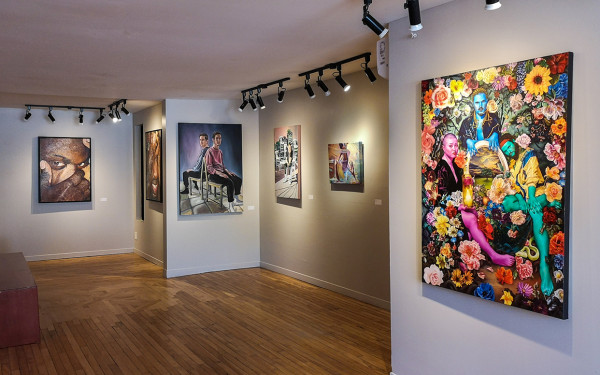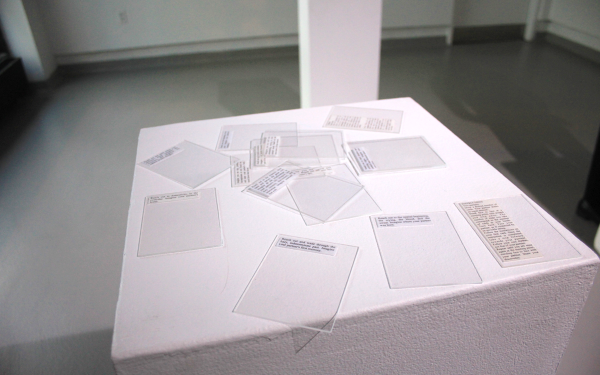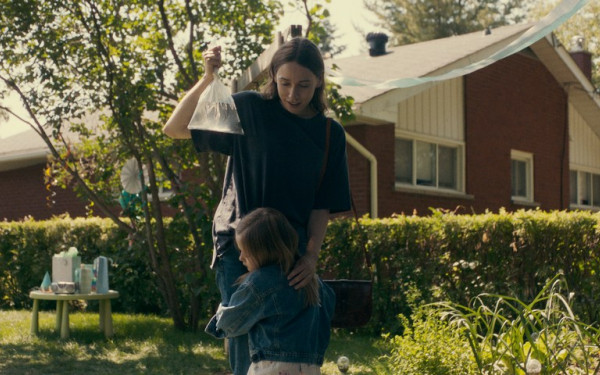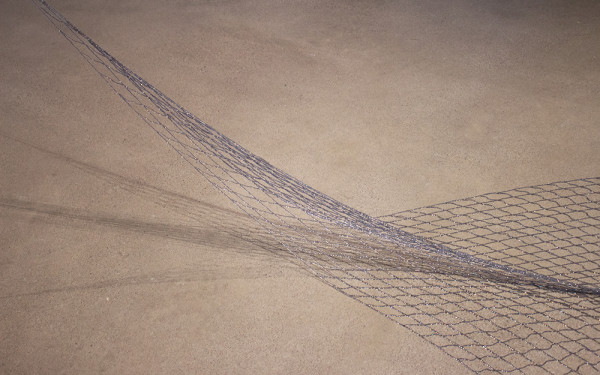The VAV’s Latest Show ‘Monsters and Ghosts’ Challenges Anthropocentric Ideas
Jenna-Katheryn Heinemann’s Sculpture Turns Attention to Our Own Inaction
Studio arts student Jenna-Katheryn Heinemann was moved to create a piece that reflected her complex feelings around climate change and the environment’s decline.
“We’re always being bombarded with so much information about the environment,” she said. “But not having an outlet, I didn’t know how to deal with it.”
Heinemann created an industrial-looking fountain in a public art class.
She explained that fountains are found in buildings, in urban centres, hotels—spaces that are removed from nature—in the hopes of emulating a natural feeling in an artificial landscape.
Along with five other Concordia undergraduate artists, Heinemann’s piece was exhibited in the Visual Arts Visuels Gallery’s latest show Monsters and Ghosts.
RelatedStrikingly varied materials came together—plexiglass, steel, PVC tubing, zip ties, porcelain, glaze, a water pump, water—to make the intricate sculpture A Public Feeling.
It was a deliberate choice for her sculpture to be raw, rusting, and lacking the voluptuous beauty of fountains found in public spaces.
“I find that those are quite opulent and decorative, and beautiful, and I think it conceals the fact that it’s an artificial structure, trying to replicate something natural,” she said.
“I didn’t want to hide anything with this,” Heinemann added. “I didn’t want to make the way I felt about the environment beautiful, be something that makes it seem like I’m OK with it.”
“You’re watching something decay in front of you. I think that’s kind of what collectively a lot of us are doing in this generation.” — Jenna-Katheryn Heinemann
A Public Feeling is almost participatory—the piece is slowly changing as the viewer is observing it.
The steel bars are rusting, and the water is being pumped, then trickles down and lands in a basin at the bottom of the fountain, where it will finally evaporate.
Heinemann said that the act of observing her piece is “challenging time under capitalism—you’re just observing this fountain, but you’re not productively doing anything.”
A Public Feeling demands the viewer to slow down or even stop for a while. In doing so, the piece questions the capitalist concept of productivity, as it asks the viewer to not be productive for a while.
The unproductive act of observing the sculpture that rusts and degrades over the show’s run is also a commentary on society’s inaction towards climate change.
Related“You’re watching something decay in front of you,” said Heinemann. “I think that’s kind of what collectively a lot of us are doing in this generation.”
Steel rusts if it isn’t sealed, Heinemann explained, and she didn’t seal it for that reason. “It’s a very intense, raw material, contrasting with the ceramics—and I’m really interested in that. I find it alluring.”
Heinemann used memory foam to cast the porcelain pieces that are part of her sculpture.
Initially, she wanted to make a ceramic replica of memory foam, which she found in the VA Building, by dipping it in clay and firing it. However, that process is not allowed with plastic material (such as memory foam) at Concordia. Instead, she made a plaster mold.
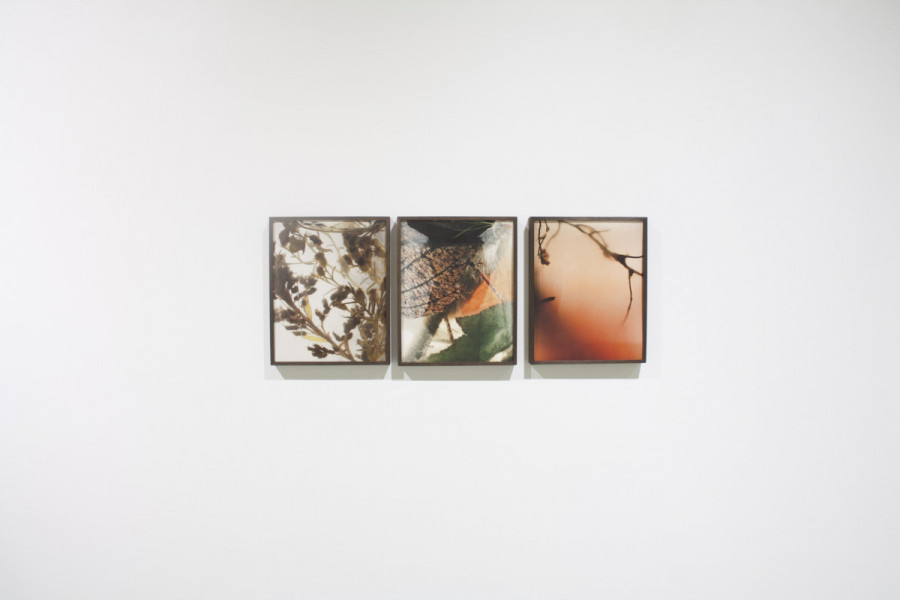
She linked the anxiety-inducing stream of news and photographs about the devastation of the environment, and “how it impresses on us.”
The memory foam is impressionable, like we are about climate change—but in the end, as a porcelain piece, it is inert.
“I wanted [the ceramics] to be even softer than what the memory foam looks like,” she said. “And it actually absorbed the texture perfectly.”
The exhibit Monsters and Ghosts is based on the book Arts of Living on a Damaged Planet: Ghosts and Monsters of the Anthropocene that VAV coordinator Jacqui Beaumont cherishes in her own practice.
“The nickname of the show is ‘Jacqui’s show,’” she said. Being a bio-artist herself, Beaumont took this show as a passion project, as there were so many biology-based works. “It was just so close to my heart.”
Beaumont explained that the anthology shows the connections between place and body, and that in conceiving Monsters and Ghosts, she quickly went to the book she loved so much as inspiration.
“As anthropos, we’ll see one species as a monster or an inconvenience to us, and others are not monsters’” she said. “So what is monstrosity? Questioning who is monstrosity, and maybe taking a look at [how] we are monstrosity.”
There is a gentle anthropic vibe to the show, explained Beaumont, that is meant to look at the anthropocentric ideology around place and body.
The show is based around biological processes—such as textiles in the linen and cotton sheets that are used to create Stéphanie Belleu’s Daydreaming lure, a calming but stifling piece that the viewer is meant to walk through.
“I hope more than anything that people can enjoy the rich material practices that are in this show,” said Beaumont. There are fibre works, ceramics, video work, photography, and paintings.
Monsters and Ghosts will be running until Oct. 4, it is free and open to everybody.


_600_832_s.png)

